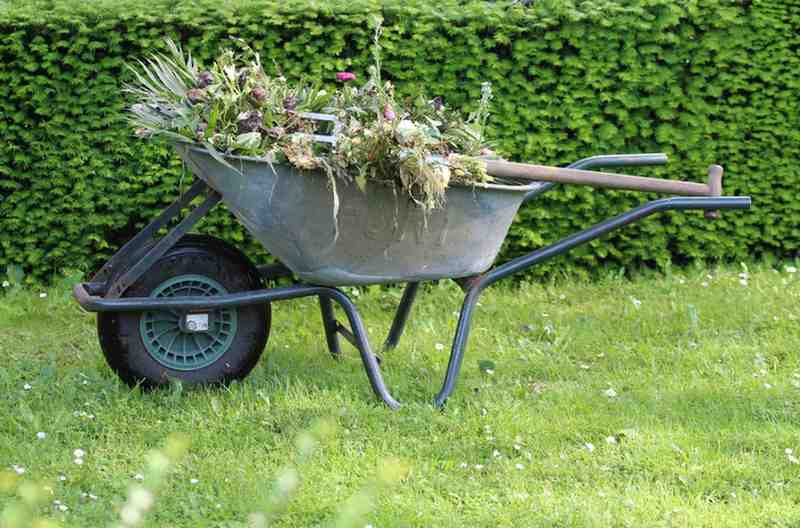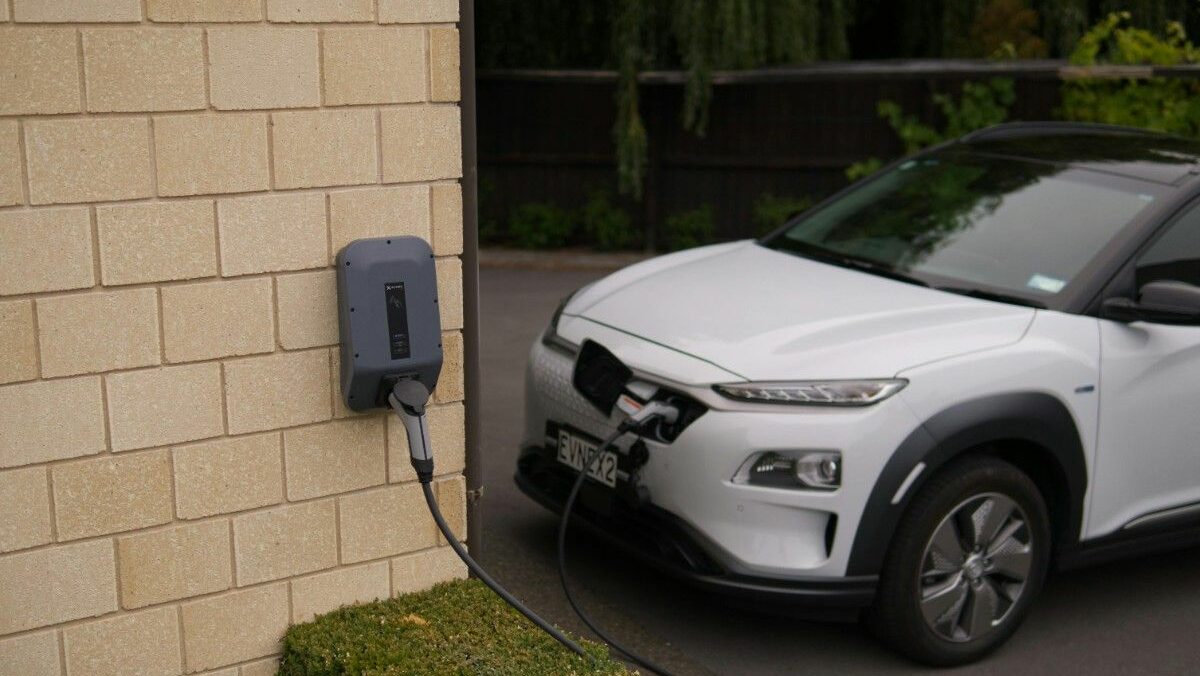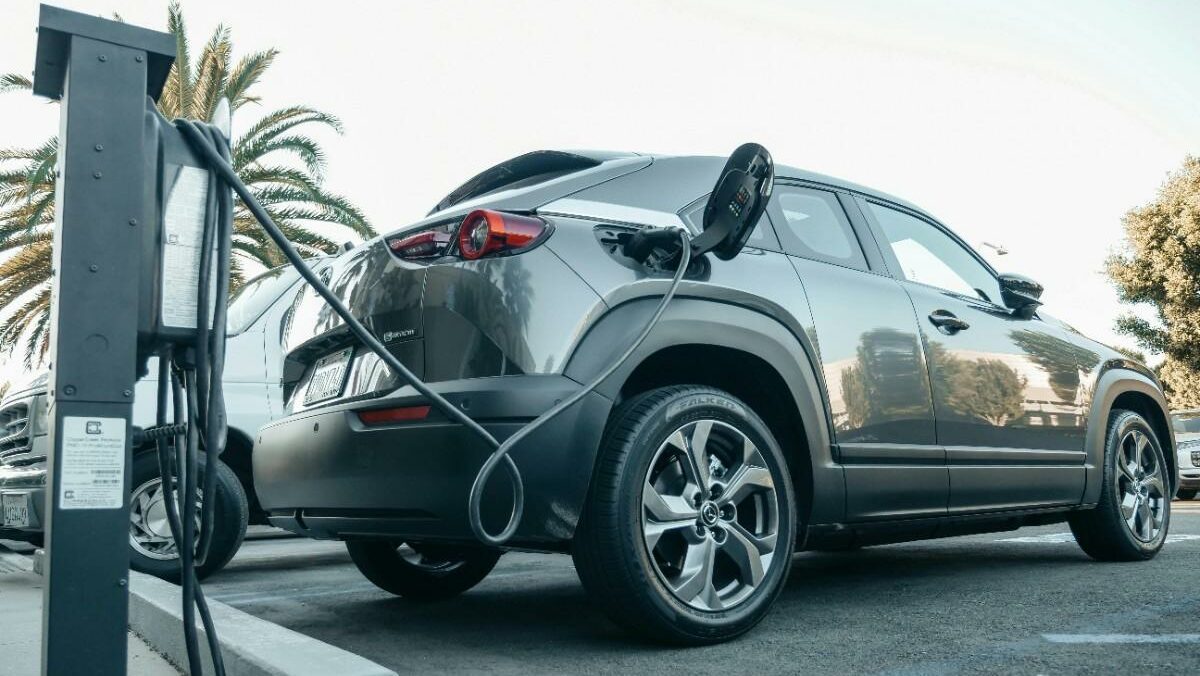Easy Advice for a Greener, Healthier Lawn: Eco-Friendly Yard Maintenance
To be fair, yard labor could seem like an endless task. Mowing, weeding, watering—it’s enough to make you want to throw in the trowel and pave the whole thing over (don’t do that, by the way). But what if I told you there’s a method to maintain your yard looking lush without turning it into a water-guzzling, chemical-soaked nightmare? Yes, environmentally responsible yard maintenance is not only feasible; it’s really simpler (and less expensive!) than you may expect.

Why not make your yard green?
Before we get into the how-tos, let us first discuss the why. Often based on synthetic fertilizers, pesticides, and too much irrigation, traditional lawn care is not good for the environment (or your children and pets). Changing to sustainable lawn care indicates:
Less pollution (no hazardous runoff into rivers) . Healthier soil (farewell, compacted dirt wasteland!) More animals (hello, butterflies and joyful bees!) . Reduced water costs (cha-ching!)
Ready to transform your yard into an eco-haven then? Let’s get started (pun very much intended).
Ditch the chemicals. Choose organic
Those neon-green lawns you see on television? They’re essentially the fast food of landscaping: unreasonably flawless and harmful for the environment. Rather than artificial fertilizers, consider organic yard care ideas such as:
Composting: Free plant nourishment from kitchen waste plus yard trash.
Grasscycling is leaving grass clippings on the lawn post-mowing. They disintegrate and nourish the soil.
Good old-fashioned hand-pulling, boiling water, or vinegar are natural weed killers.
Use Water Wisely (Since No One Enjoys a Wasteful Lawn)
Did you know the typical American home uses 30% of its water on outside activities; largely lawns? Yikes! Water-saving gardening advice to the rescue:
Water in the early morning to reduce evaporation.
Put a rain bucket to use (free H₂O for your plants!).
Select drought-resistant plants; native species equals less hassle.
Bonus: Don’t freak out if your grass gets a bit brown in summer. Most grasses go dormant and recover when lower temperatures come again.
Mow Like a Pro (But Lazier)
You don’t have to mow every weekend, believe it or not. Actually, maintaining grass a bit taller—about 3 inches—helps shade the soil, hence lowering weed growth and water loss. Furthermore:
Mow with a manual or electric mower; no gas fumes!
Hone your blades; clean cuts equal better grass.
Leave some “wild” spots; bees and butterflies will appreciate you.
Smart Planting: Native & Diverse
A sustainable yard is a blend of plants that naturally flourish in your region, not only grass. Native plants feed local fauna, require less water, and fight pests better. Consider:
Clover (soft, green, nitrogen-fixing).
Wildflowers (colorful and bee-friendly).
Pretty and robust, ground coverings include creeping thyme.
Ask the Good Bugs to Join Indeed, truly
Some insects are good. Ladybugs, lacewings, and praying mantises consume aphids among other pests. Skip the insecticides and let nature take care of the dirty work.
For the Win, Hand Tools & Solar-Powered
Why use gas-guzzling tools when you can go solar-powered? Good ol’ elbow grease (hello, manual edger!), electric trimmers, and solar garden lighting keep everything neat and green.
Final Thoughts: Little Modifications, Great Influence
You need not transform your yard overnight. Begin with one or two environmentally friendly lawn care exchanges; perhaps composting or changing to a rain barrel. In the long run, these tiny adjustments accumulate to a better yard and a more content world.
Who, therefore, is prepared to exchange a more natural, low-maintenance yard for chemical cocktails? Your grass will appreciate you.







